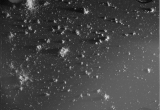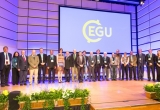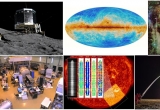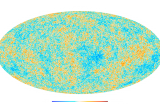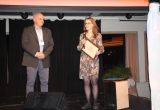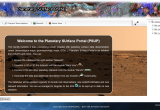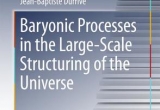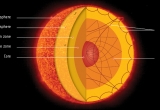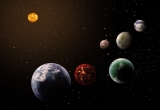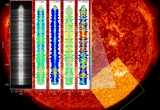An international scientific team including two co-Investigators from the IAS has determined the elemental composition of the dust of 67P/Churyumov-Gerasimenko, the comet explored by the European space probe Rosetta. Their results reveal some of the most carbon-rich materials and the least altered ever explored. This cometary carbon is essentially in a macromolecular organic structure, meaning that it is mainly in that form that it was delivered by comets to the primitive Earth.



